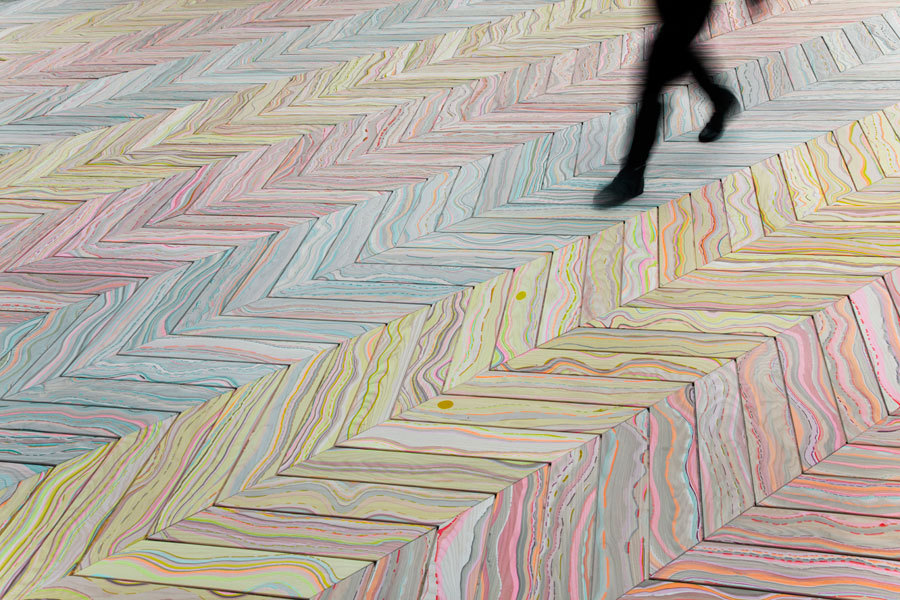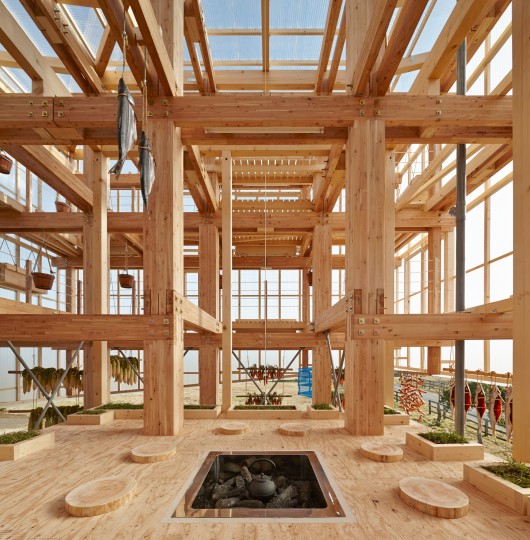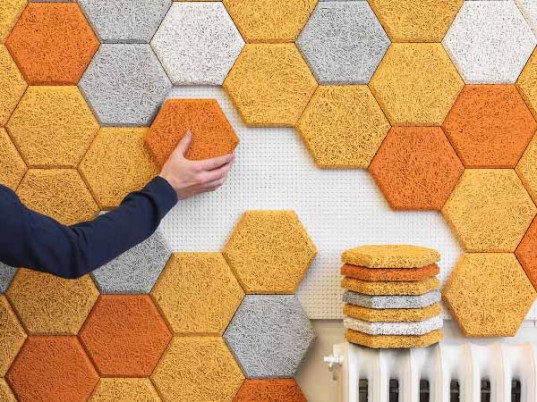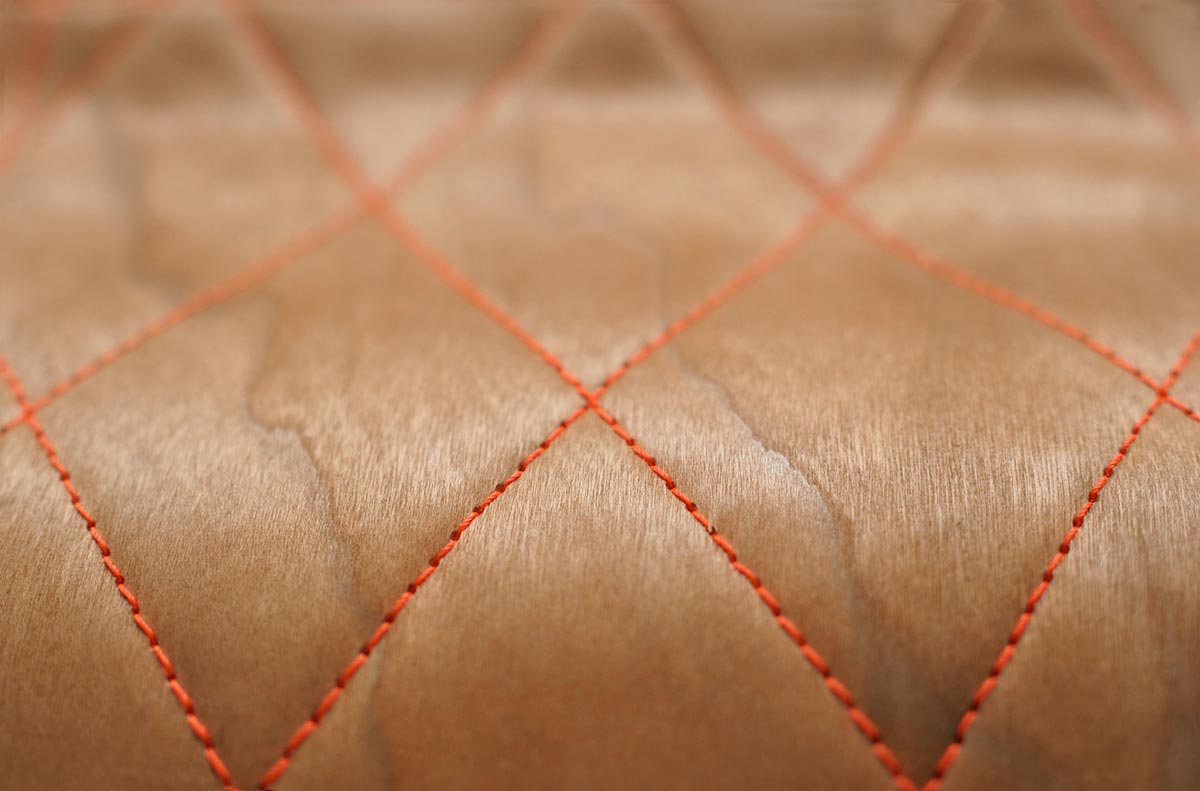
Think you know all there is to know about staining wood? You might want to reconsider that notion after taking a look at this incredible marbling process perfected by artist Pernille Snedker Hansen in a series she calls ‘Marbelous Wood.’ Repurposing an old marbling technique, the artist gives natural wood a unique ornamentation that’s different on each and every plank, so the possibilities for the final design are virtually endless.



The designs are created slowly, drop by drop, following the growth rings on the wood, putting the focus on the natural patterns created by nature as the trees grow. According to the artist’s website, “Pernille Sneaker Hansen has combined the traditions of marbling from the bookbinding profession with the traditional Scandinavian pinewood floor, creating a wooden floor that forms a never-ending array of details and color combinations at one’s feet.”




It’s fun to imagine putting these custom-painted boards together like puzzle pieces, whether attempting to match them up or deliberately flip the motifs for a visually dynamic result. Snedker is currently taking commissions to install these artistic flooring surfaces, and can do them on wall paneling, too.




















